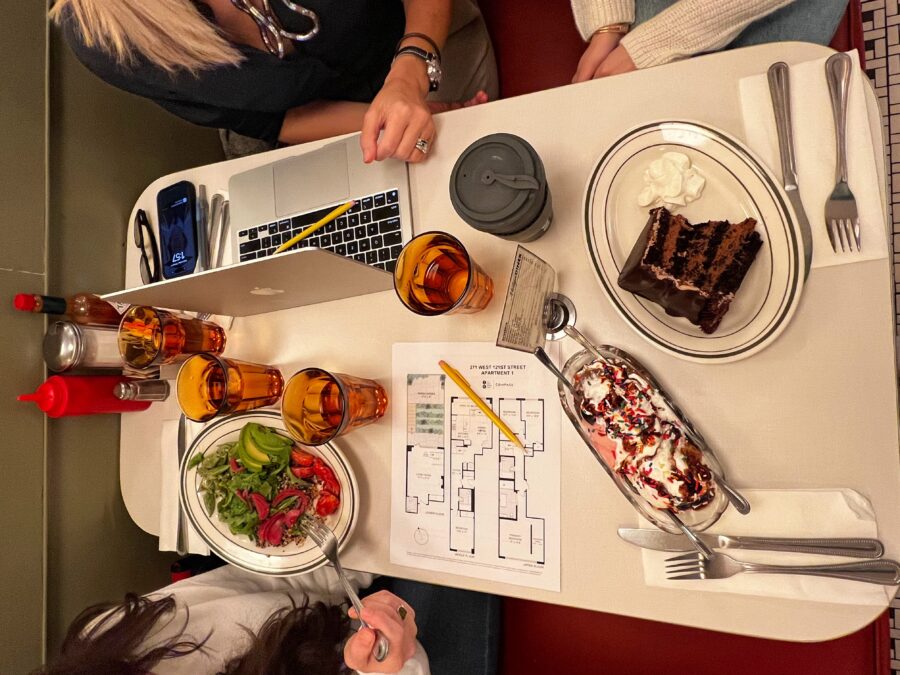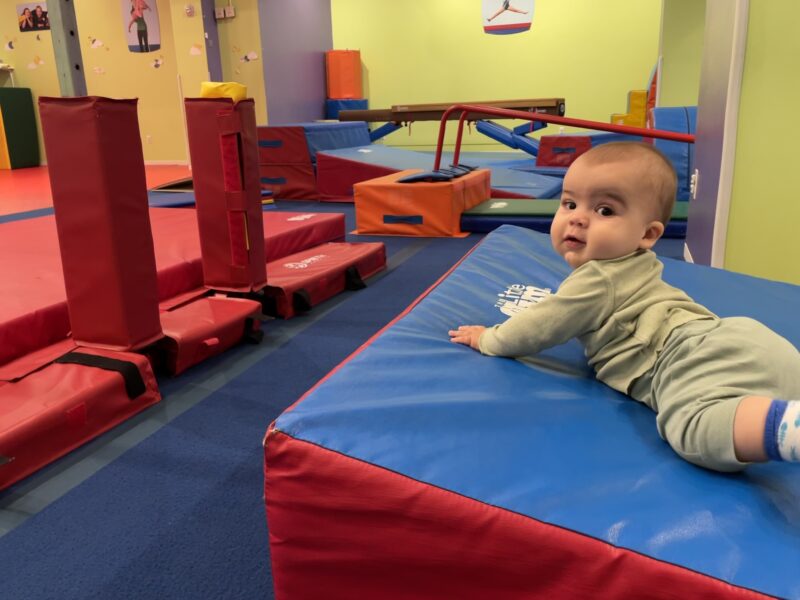Over a working lunch at Montague Diner, Debbie Zolan and Jackie Rossiter of The Zolan Rossiter Team at Compass sat down with Meagan Camp, Principal of Meagan Camp Interiors, to discuss how real estate and design intersect in the ever-evolving New York City market.
Meagan: Debbie, do you or how do you incorporate design considerations into your property listings and marketing strategies?
Debbie: When a property’s interior is beautifully designed and furnished, we’re always thrilled! If we see “challenges” in the design of a space, we may virtually stage the photos for the listing, create alternate floor plans showing what could be done and speak to contractors and interior decorators like you to get renderings and pricing so that we can speak intelligently to the prospective buyers about what could be achieved in the home.
Debbie: Meagan, what design trends are you noticing in the Brooklyn market right now?
Meagan: When selling a property, the thought used to be to keep everything simple and neutral to allow the potential buyer to envision themselves living in the space. While this is certainly still true, I have started to see the opposite trend, especially in historic areas like Brooklyn, where art, design, and culture all collide. Many buyers today are increasingly drawn to unique, character-filled spaces that reflect a specific lifestyle, making bold design choices more appealing than ever.
Jackie: Meagan, what advice would you give to homeowners prepping their homes for sale?
Meagan: Spaces with some color and pattern, a unique vintage piece or two, and well-curated accessories help drive home a specific lifestyle. I like to source from local shops and vendors as these resources generally have a finger on the pulse of what the neighborhood is gravitating towards in terms of style. I would still recommend removing family photos, personalized accessories like monogrammed pieces, and items that are unique to the seller.
Jackie: It’s important to have the design speak to a broad audience and you don’t want it to be too specific.
Debbie: Exactly! Sometimes if we have a seller client that has high design or very unique interiors, we work with some of their pieces and pare back on others. But, it’s important to note that the bones of the property and its location are also essential in determining a property’s value.
Debbie: What quick adjustments can sellers make to improve a property’s appeal without a full renovation?
Meagan: Lighting plays a huge part in design, whether it’s the style of the fixtures (generic boob-lights be gone!) or the type of lighting (daylight or tungsten), this allows the seller to set a mood and tonality for a property. If there’s not enough light coming into the space, which we often see with narrow brownstones or rail-road style floor plans, a great solution is to use mirrors; placing a mirror in front of a lamp, or across from a window, or even between two windows, will instantly brighten the space and it’s a fairly inexpensive trick.
Jackie: We like to educate ourselves as best we can and anticipate questions or objections to certain aspects of a property. If we’re not using a stager, we have enough experience now to know that we need to freshly paint the unit or cabinetry, add a colorful throw here, remove the rugs and window treatments, add mirrors here and there, vases and other objets d’art to give the home warmth and personality.
Debbie: “You never get a second chance to make a good first impression” – that’s not totally true but it’s a smart move to have your property shine in its best light right out of the gate. We can’t always dictate how the apartment looks when we show it. As long as we can manage everyone’s expectations, we’ll be fine. Not every property we have can be freshly painted, staged or with gorgeous, updated interiors. Our pricing and market strategies have to be customized to each listing.
4 Design Tips from Industry Experts
- For properties with challenging designs, using virtual staging, creating alternative floor plans, and getting input from designers can help prospective buyers visualize possibilities.
- When preparing a home for sale, it’s essential to ensure the design appeals to a wide audience. High-design elements should be pared down if they are too specific, but striking a balance with existing features and simplifying decor can broaden the appeal
- Rearranging furniture to open up the space can help sell a property. For example, you never want to walk into the back of a sofa. Highlight the property’s best features, such as a great view or a newly renovated kitchen.
- The home should make a great first impression from the start, as most reactions are formed in the first two weeks. Freshly painting the unit, removing rugs and window treatments, and adding colorful throws or mirrors can give the space personality and warmth.
Ask Debbie and Jackie about how Compass Concierge can help sellers make a great first impression. The Zolan Rossiter Team has over 34 years of experience working in the New York City real estate market, specializing in co-op, condo, and townhouse resales. Their personalized approach and dedication to their clients have earned them recognition as one of the top small teams in the state. Feel free to reach out anytime if you’d like to chat or learn more—we’re always happy to help.















































